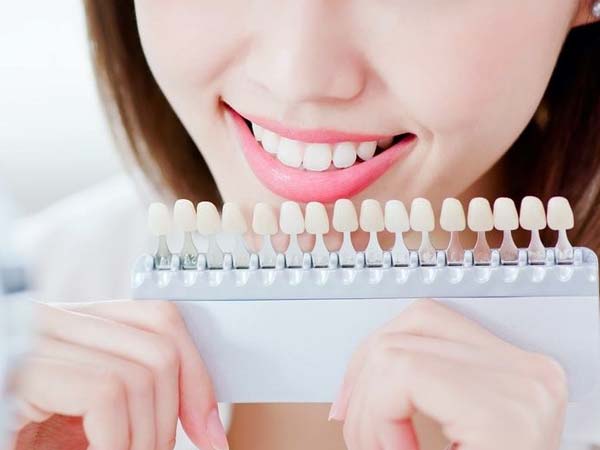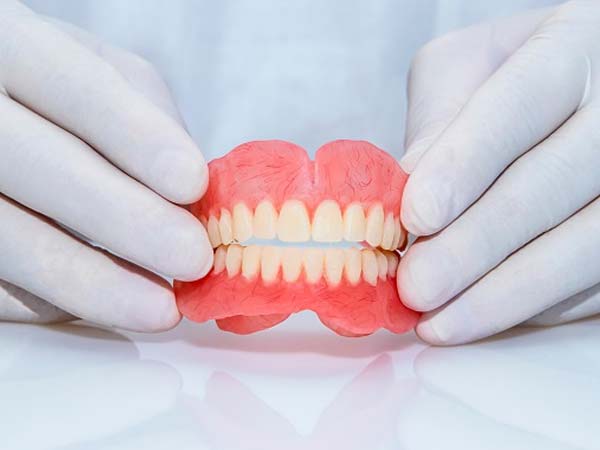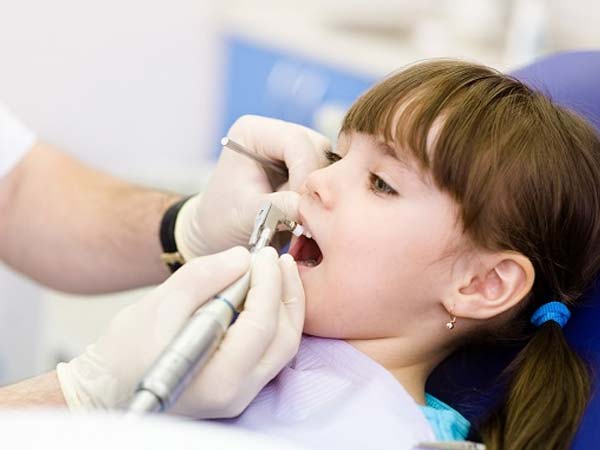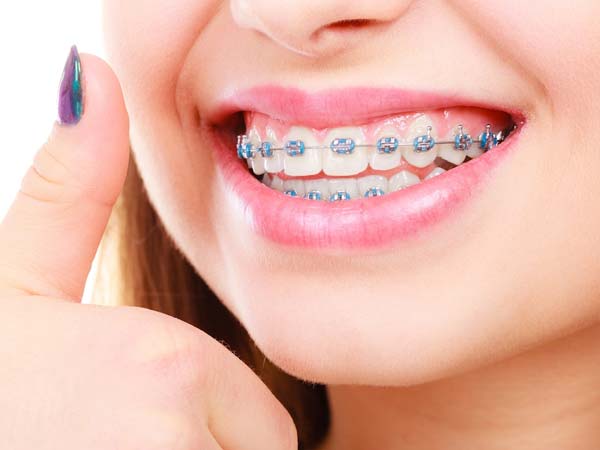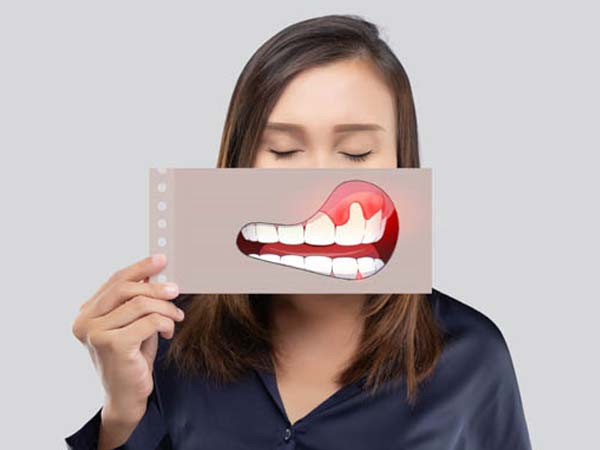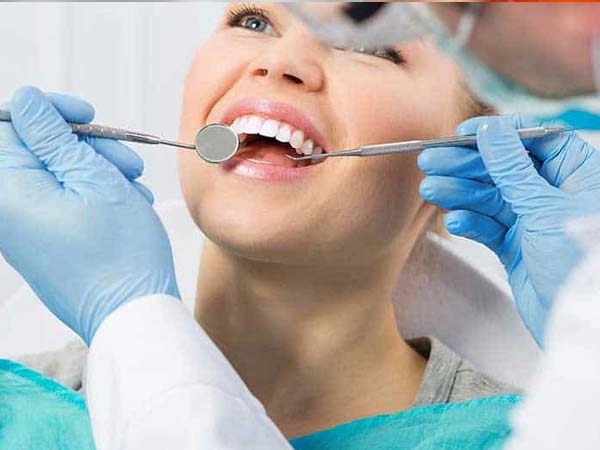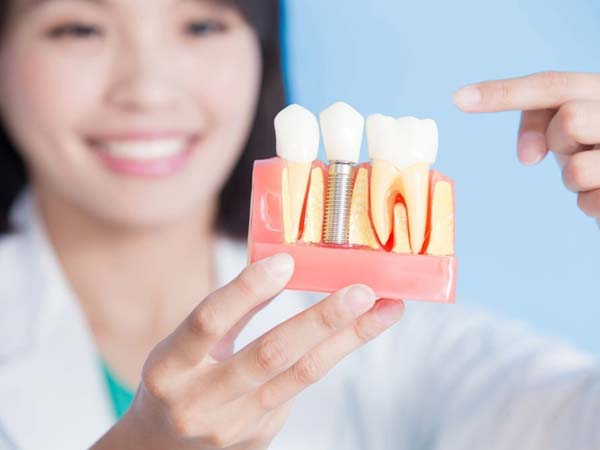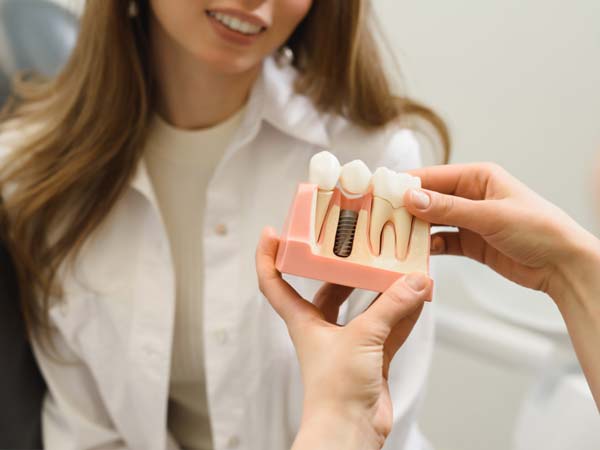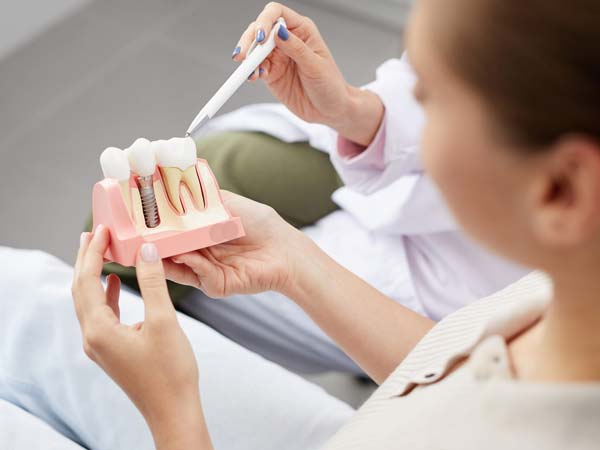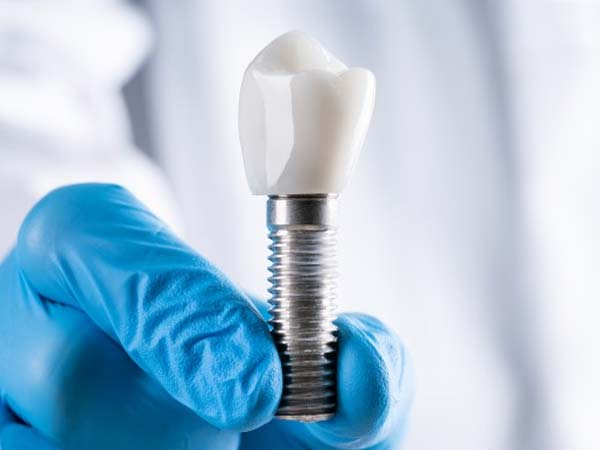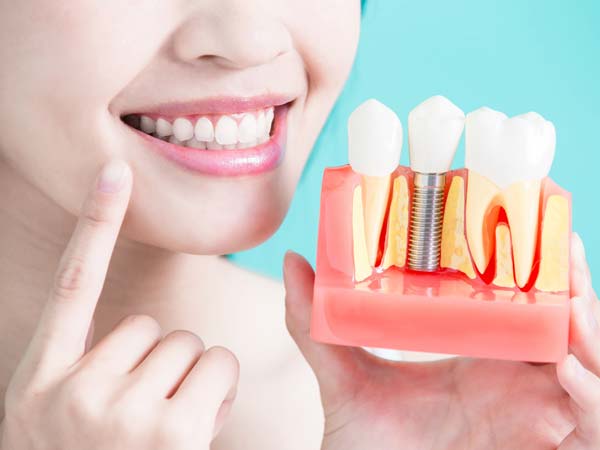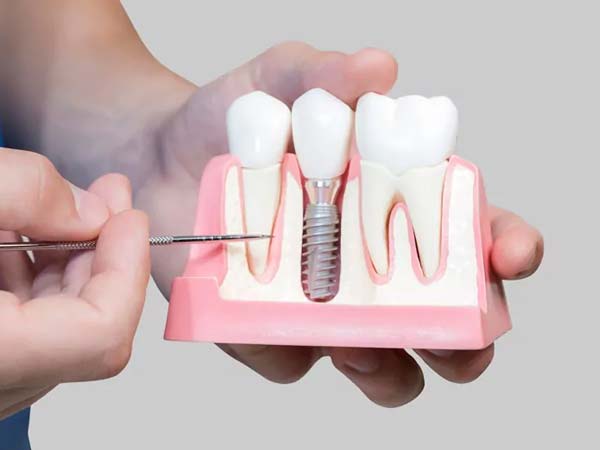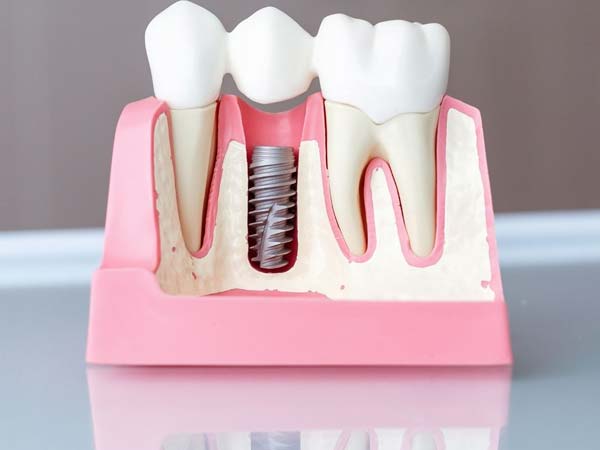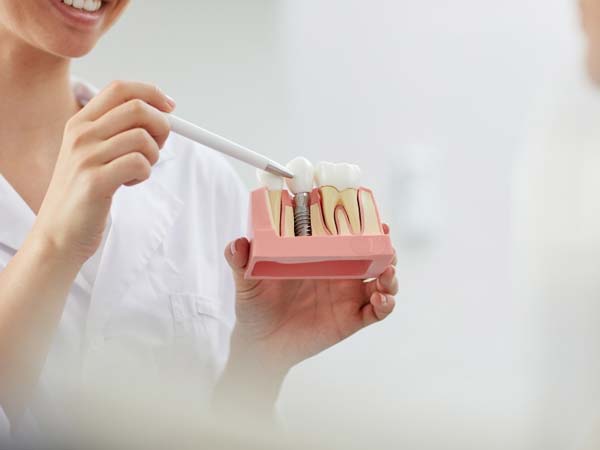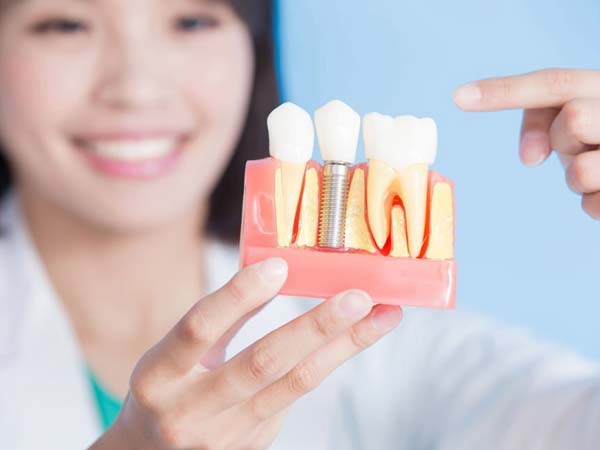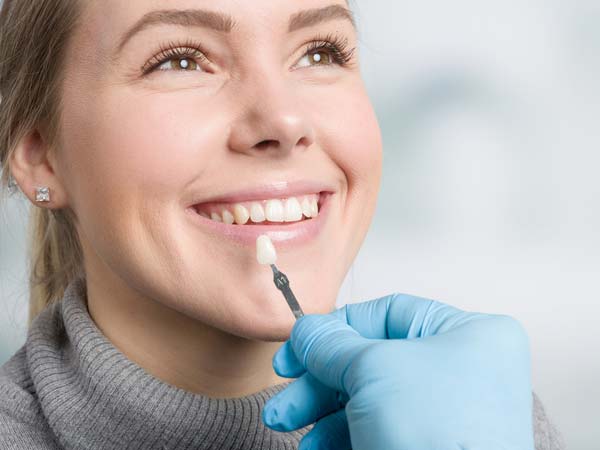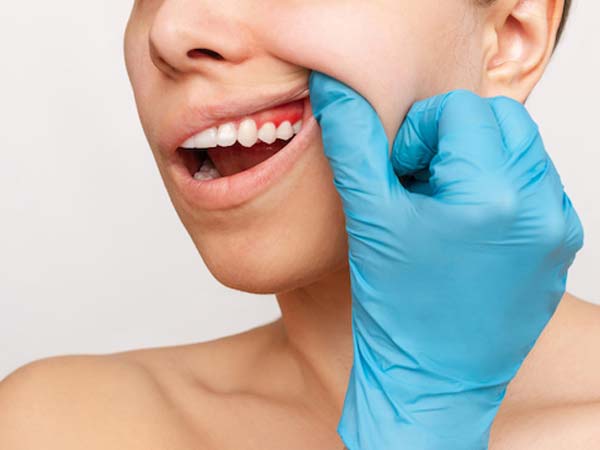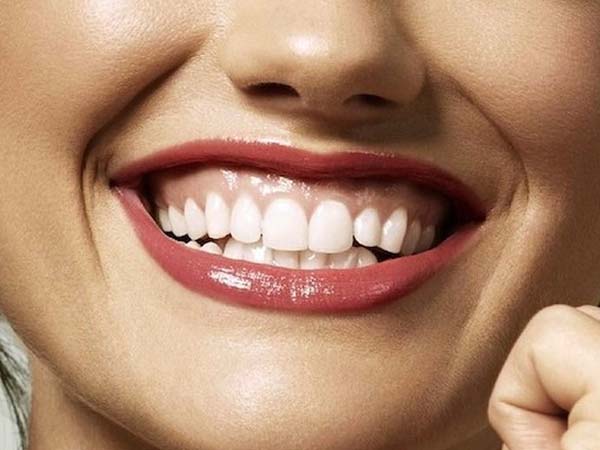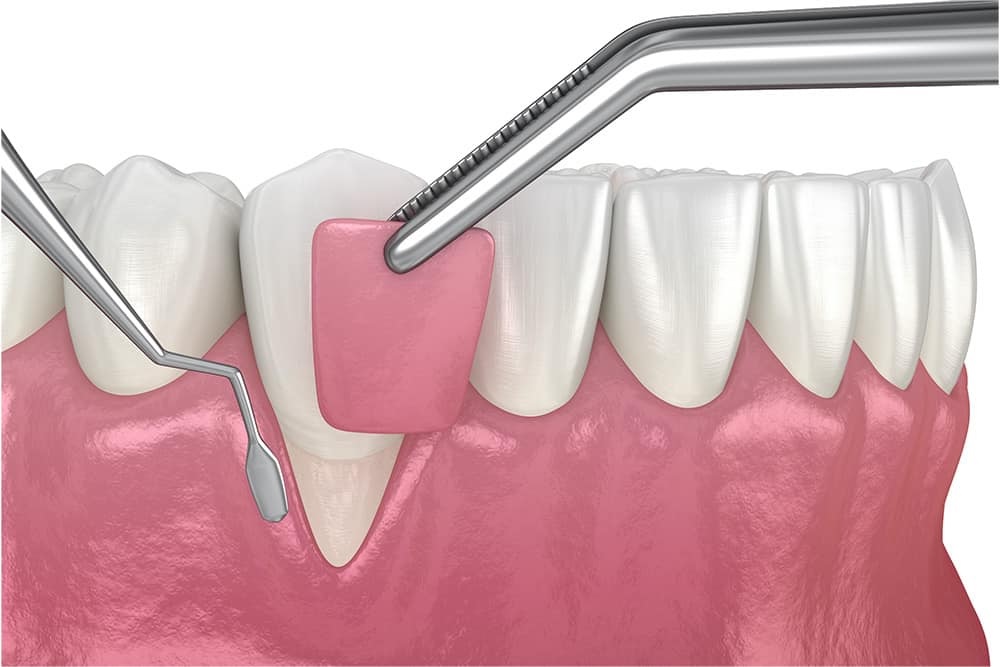
Soft Tissue Grafting: Restoring Healthy Gums and Enhancing Your Smile
Soft tissue grafting, also known as gum grafting, is a dental procedure performed to address gum recession and improve the appearance and health of your gums. If your gums have receded, exposing the tooth roots and causing sensitivity or aesthetic concerns, soft tissue grafting can help restore gum tissue and protect your teeth. Let’s explore the details of soft tissue grafting and how it can benefit your oral health and smile.
Understanding Soft Tissue Grafting:
- What is Soft Tissue Grafting? Soft tissue grafting is a surgical procedure that involves taking a small amount of tissue from one area of your mouth, typically the roof of your mouth, and grafting it onto the affected gum area. The grafted tissue serves to cover exposed tooth roots, increase gum thickness, and restore a natural gumline appearance.
- Causes of Gum Recession: Gum recession can occur due to various factors, including aggressive brushing, periodontal disease, poor oral hygiene, genetics, hormonal changes, or certain medical conditions. Receding gums not only affect the aesthetics of your smile but also expose the sensitive tooth roots, leading to discomfort and an increased risk of tooth decay.
- Benefits of Soft Tissue Grafting: Soft tissue grafting offers several benefits, including:
- Restoring Gum Health: The grafted tissue integrates with your existing gums, promoting the growth of healthy gum tissue and reducing the risk of further recession.
- Improved Aesthetics: By covering exposed tooth roots and restoring a natural gumline, soft tissue grafting enhances the appearance of your smile, giving you renewed confidence.
- Reduced Sensitivity: The newly grafted tissue provides a protective barrier, reducing tooth sensitivity to hot or cold temperatures and improving overall oral comfort.
- Protection Against Tooth Decay: By covering the exposed tooth roots, soft tissue grafting helps prevent tooth decay and potential tooth loss.
The Process of Soft Tissue Grafting:
- Consultation and Examination: Your dentist will examine your gums and evaluate the extent of gum recession. They will discuss the procedure, address any concerns or questions you may have, and determine the most appropriate grafting technique for your specific case.
- Graft Harvesting: If autogenous grafting is chosen, a small piece of tissue will be gently removed from the roof of your mouth. Alternatively, donor tissue or synthetic graft material may be used.
- Graft Placement: The grafted tissue is carefully placed over the areas of recession, and it is secured with sutures or adhesive material. The grafted tissue will eventually integrate with the existing gum tissue and promote healing.
- Post-Operative Care: Following the procedure, your dentist will provide instructions on how to care for the grafted area. This may include recommendations for pain management, oral hygiene practices, and dietary restrictions. It’s important to follow these instructions to promote proper healing and maximize the success of the graft.
Caring for Your Grafted Gums:
- Maintain good oral hygiene by brushing your teeth gently twice a day with a soft-bristled toothbrush.
- Use a mild, alcohol-free mouthwash to rinse your mouth after brushing.
- Avoid aggressive brushing or flossing around the grafted area until it has fully healed.
- Attend regular dental check-ups to monitor the progress of your gums and ensure proper healing.
By following these guidelines and maintaining a consistent oral care routine, you can help ensure the long-term success of your soft tissue grafting and enjoy the benefits of healthier, more aesthetically pleasing gums.
FAQs (Frequently Asked Questions)
- Is soft tissue grafting a painful procedure? Soft tissue grafting is performed under local anesthesia, ensuring that you experience minimal discomfort during the procedure. After the surgery, you may experience some mild soreness or discomfort, which can be managed with over-the-counter pain relievers.
- How long does it take to recover from soft tissue grafting? The recovery time can vary depending on the extent of the grafting and individual healing factors. In general, it takes about one to two weeks for the initial healing to occur. However, complete healing may take several months.
- Are there any risks or complications associated with soft tissue grafting? As with any surgical procedure, there are potential risks and complications, such as infection, bleeding, or graft failure. However, these complications are rare, and your dentist will take necessary precautions and provide appropriate post-operative care instructions to minimize any potential risks.
- Can I resume normal activities after soft tissue grafting? It’s important to take proper rest and avoid strenuous activities immediately after the procedure. Your dentist will provide specific guidelines on when you can resume normal activities based on your individual case.
- Will the grafted tissue match the color of my existing gums? The grafted tissue will heal and blend with your existing gums over time. Initially, there may be some differences in color or texture, but as the healing progresses, the grafted tissue will gradually match the surrounding gums, creating a natural and harmonious appearance.



